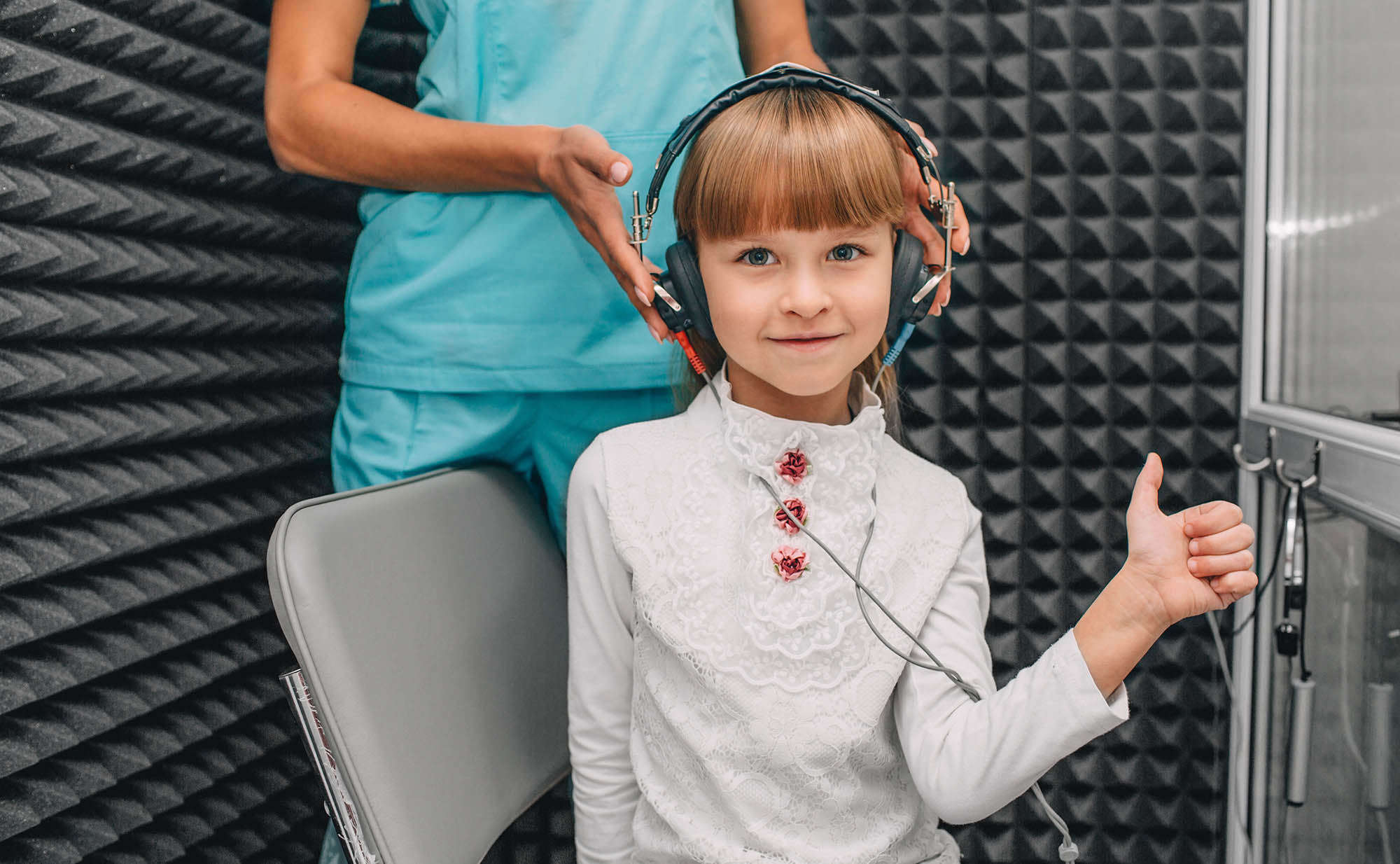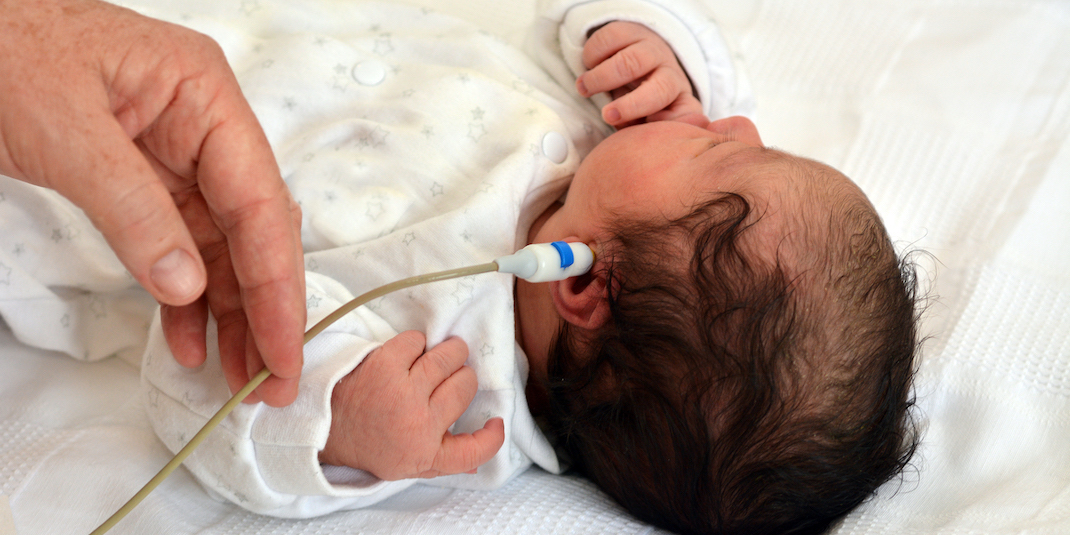Your Child’s Journey: An Ohio Guide for Deaf or Hard of Hearing Support
Hearing Screening vs Audiological Evaluation and Diagnosis
A Hearing Screening

A hearing screening is a quick test to check your child’s ability to hear, and can happen at the hospital, in clinics, or at school. The screening can be performed by various professionals, such as a clinical audiologist, educational audiologist, speech language pathologist, or trained nurse. Our child does not pass the screening; there may be a second screening to make sure it is not a cold or other temporary condition. If your child does not pass either screening, then a more detailed audiological evaluation by an audiologist will be needed.
An audiologist is a specialist who diagnoses and treats hearing and balance issues.
For Babies

Hearing screenings for babies are usually done shortly after a baby is born, often as part of a newborn screening program. The test is painless and does not require your baby to do anything special. For example, the otoacoustic emissions (OAE) test checks the inner ear’s response to sound by placing a small probe in the baby’s ear. If your baby passes the screening, it means they are likely hearing well. If not, it does not always mean there is a problem, but they will need further testing (a diagnostic evaluation).
For Toddlers
For young children, a hearing screening may involve a quick test where the child listens to sounds and responds by looking towards the noise, while an older child may raise their hand. The test is simple and is about seeing if your child reacts to sounds at a typical level. If they do not pass, an audiological evaluation may follow to explore their hearing in more detail.
For School-Age Children
Students in Ohio participate in hearing screenings at certain grade levels unless a student is already diagnosed with hearing loss. The child listens for sounds at different pitches and volumes, and they respond by raising their hand or pressing a button. If a child does not pass, they may offer to perform a second screening to ensure the results are not due to a temporary condition, such as a cold. After screening, if there is still a non-pass result, you can be referred for a more in-depth evaluation by an audiologist to understand if there is any hearing loss and how it might affect their learning.
How Is a Screening Different from an Audiological Diagnostic Evaluation?
A hearing screening is a quick check, while an audiological diagnostic evaluation is a much more detailed and thorough assessment done by a clinical audiologist.
- Screening: checks for hearing ability and identifies whether a child is at risk of hearing loss.
- Diagnostic Evaluation: If a screening shows potential issues, an audiological evaluation is done, which typically involves identifying the cause, degree, and type of hearing loss, and whether it is temporary, permanent, fluctuating, or progressive. This may involve specialized tests, like the Auditory Brainstem Response (ABR) test for babies, or more interactive tests like Conditioned Play Audiometry (CPA) for older children.
A full evaluation helps guide decisions about next steps, which may involve options for language and communication, early intervention programs, hearing assistive technology (HAT), ear tubes, or surgery.
The Ohio Infant Hearing program has a visual guide explaining the screening, evaluation, and intervention process for children birth to age five.
Watch this video to learn more about the key differences between a ![]() “Hearing Screening and Evaluation” from the Outreach Center’s Introductory Assessment Series.
“Hearing Screening and Evaluation” from the Outreach Center’s Introductory Assessment Series.
You can make an appointment with an audiologist for a screening or an evaluation at any time. Find one through EHDI Pal’s directory tool.